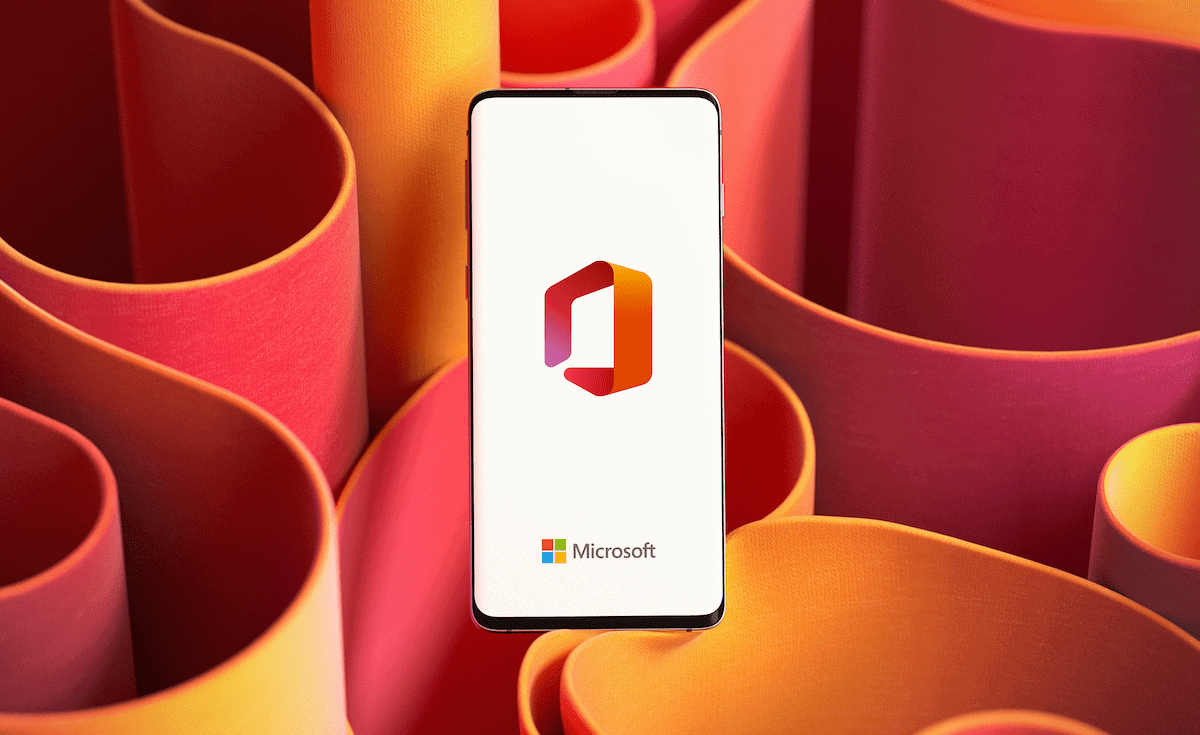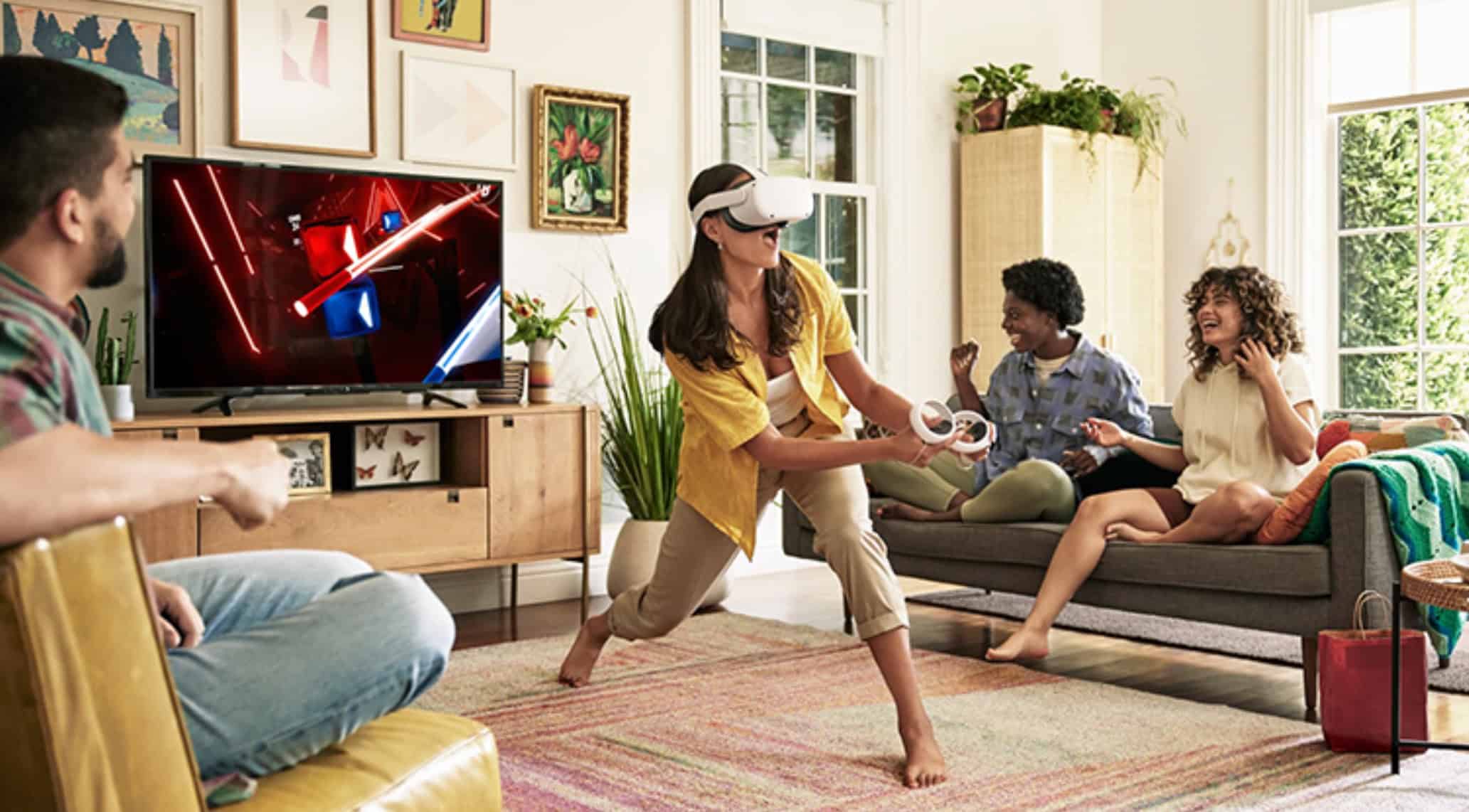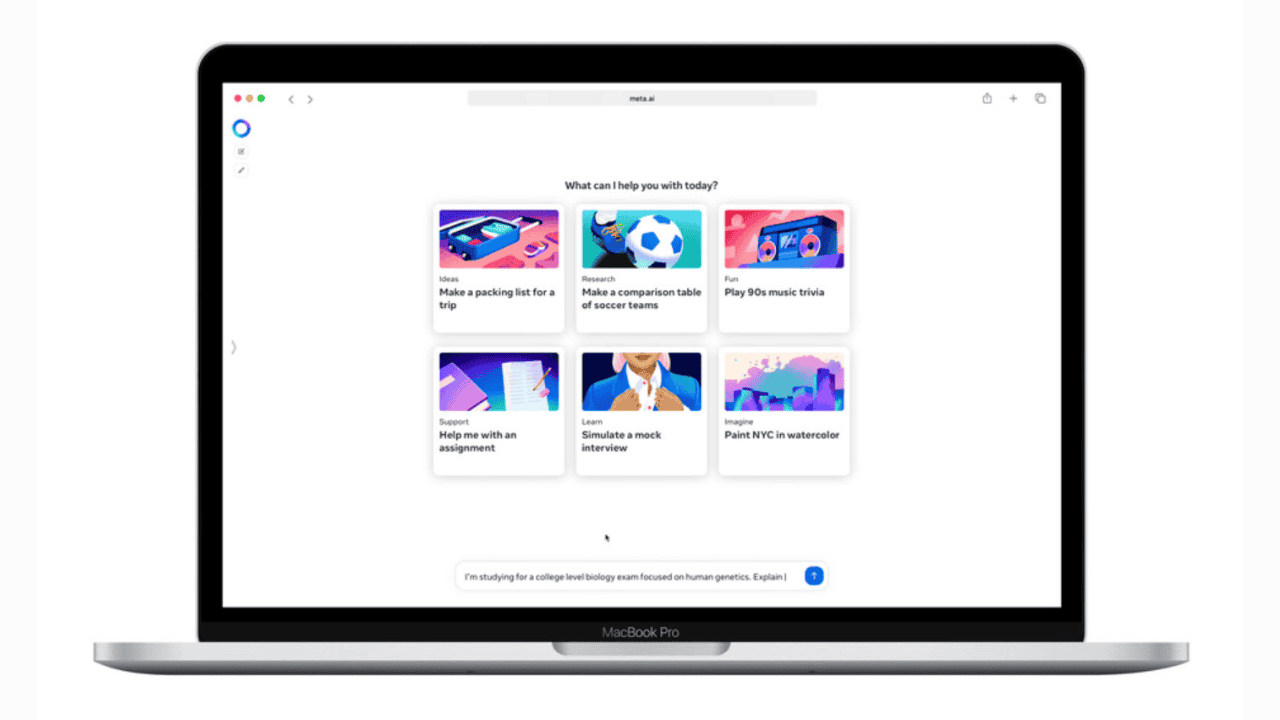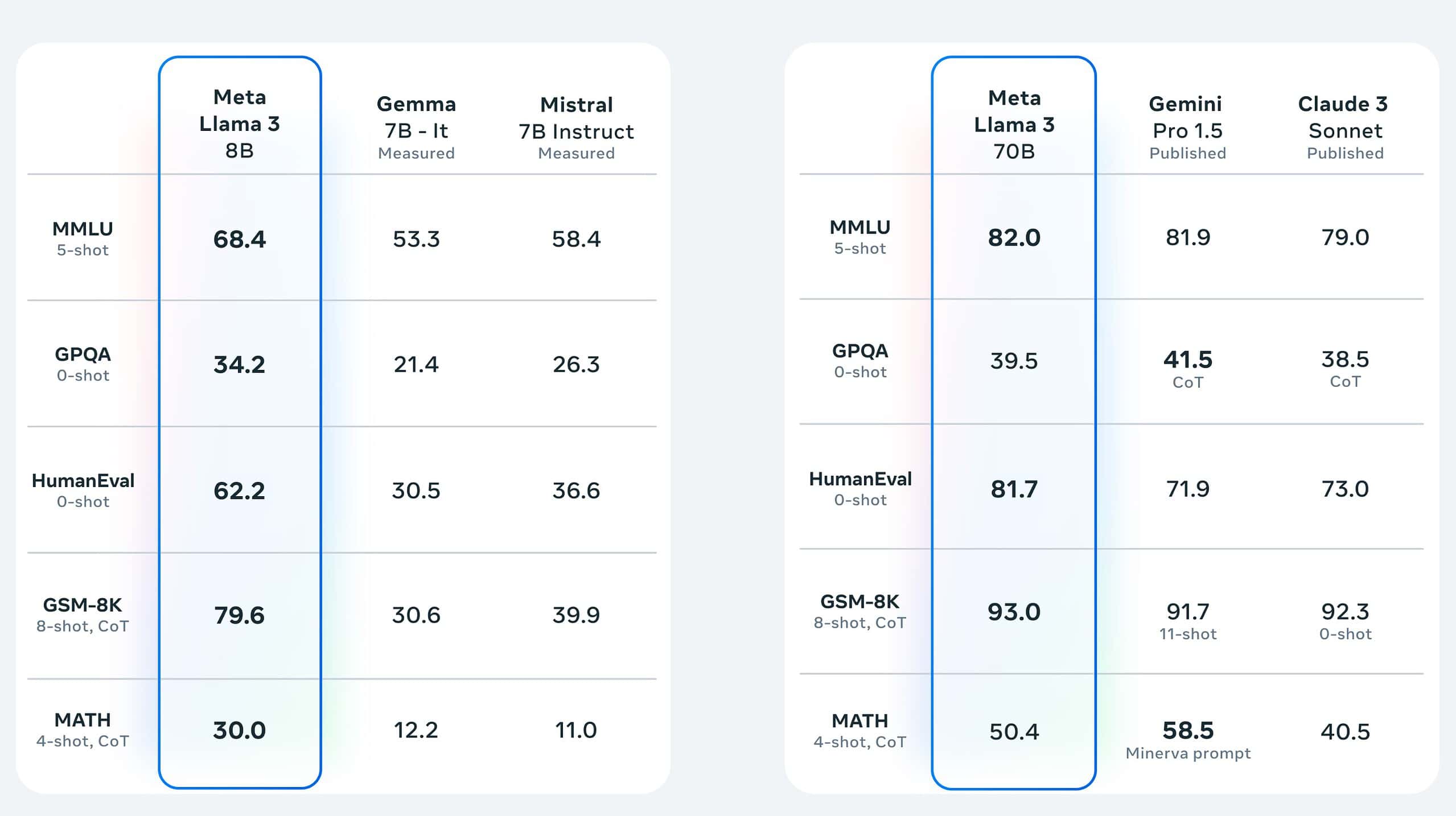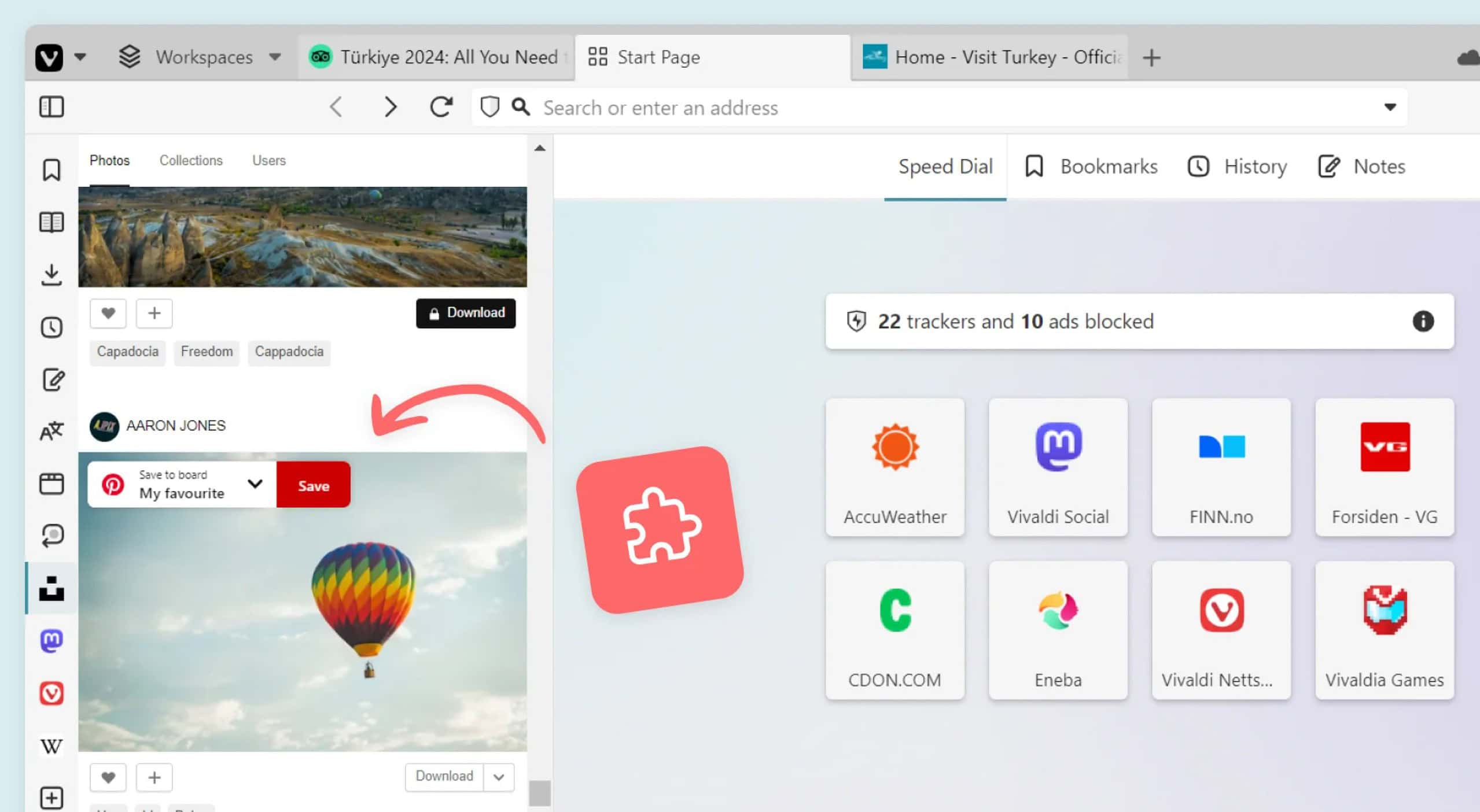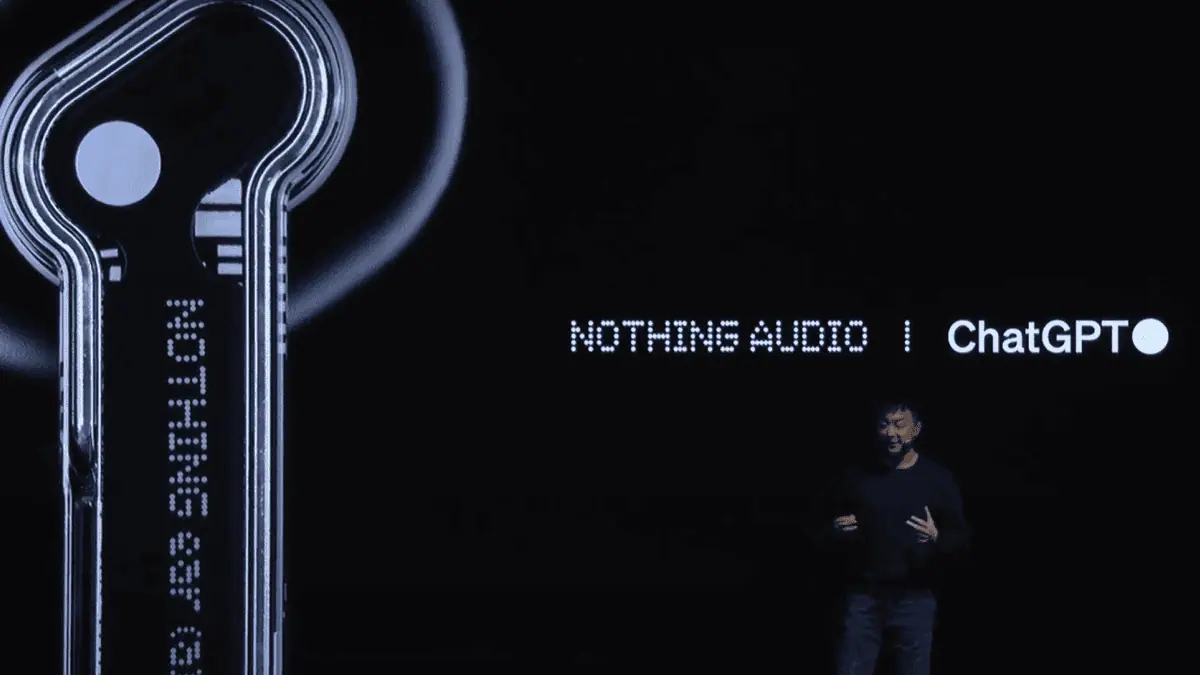The ZED mini could fix Microsoft's biggest Windows Mixed Reality mistake
2 min. read
Published on
Read our disclosure page to find out how can you help MSPoweruser sustain the editorial team Read more

The Windows Mixed Reality name for Microsoft’s VR headset range is confusing to most people, because we naturally expect this to mean a mixture of the real and virtual, like in the HoloLens, whereas WMR headsets are pretty standard VR headsets, except without the external trackers.
The strange thing is that each Windows Mixed Reality headset does come with 2 cameras, which means, in theory, it should have been trivial to allow video pass through and enable developers to composite virtual objects on the real environment. In reality, the cameras are merely used to detect fixed reference points in the external environment and thereby judge the relative movement of the headset, thereby replacing the lighthouses of the Oculus Rift and HTC Vive.
Now a 3rd party developer has announced an accessory which brings the capabilities we expect from WMR headsets to the Oculus Rift and HTC Vive, offering rich depth perception using binocular cameras which is actually shared with the developer on the PC, camera passthrough to enable real mixed reality, and also inside out tracking on top as a bonus.

- HD depth mapping with new Ultra mode.
- Built-in 6DoF IMU for accurate motion tracking.
- Small form factor with 6.5cm eye separation.
- Aluminium frame for improved robustness and integration.
- USB Type-C for high-speed data transfer and improved reliability.
- ZED API compatibility for application development.
It is currently on pre-order for $449 and shipping in November.
See the Chris Orris, head of marketing for Stereolab, talk about the product to VRFocus below:
It is not known yet of the accessory will ever be compatible with Windows Mixed Reality headsets, but we hope Microsoft considers a second generation of headsets with the all-important pass-through capability enabled, to allow the headsets to actually live up to their name.

